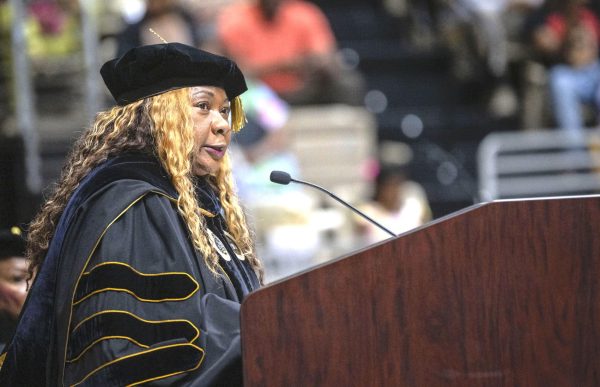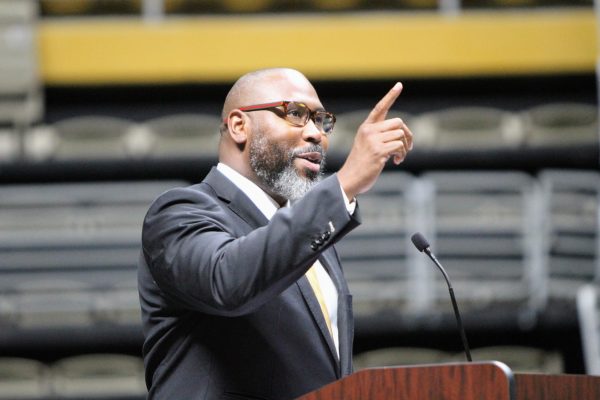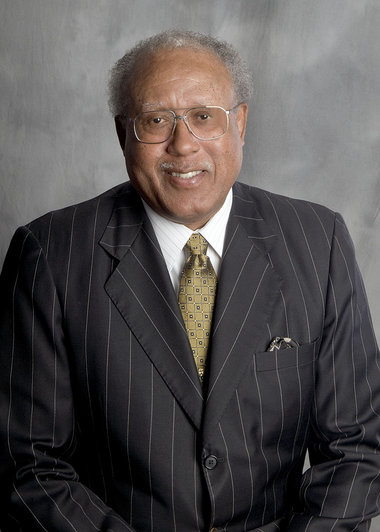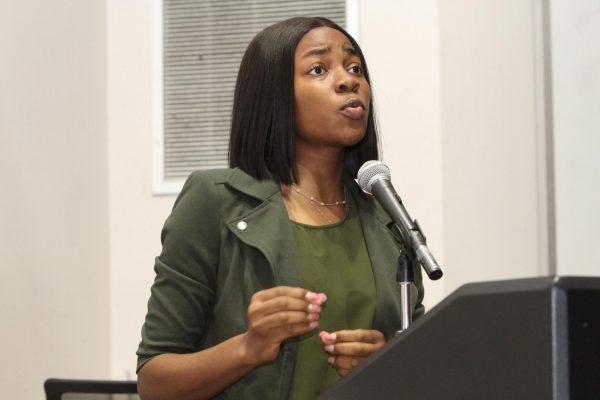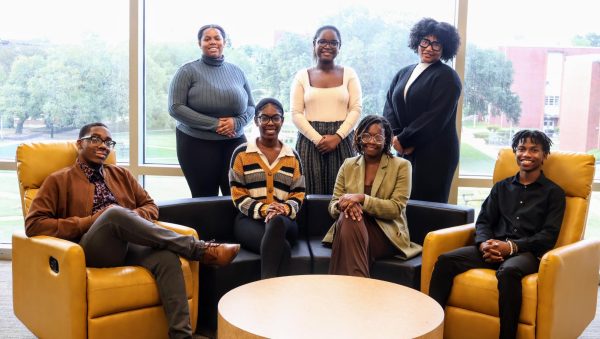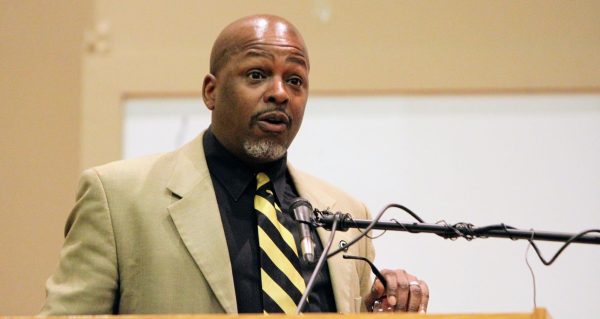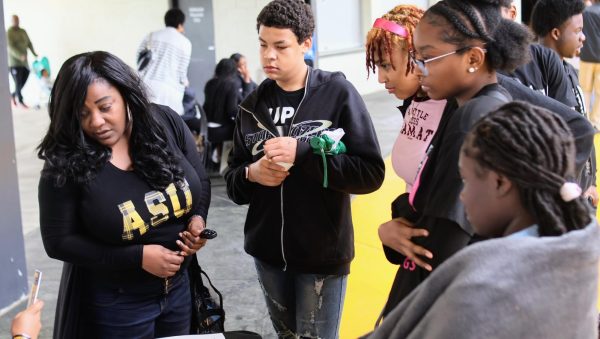Students, faculty respond to fall in-person classes
August 28, 2021
The return to in-person classes received mixed responses from students and professors. Due to COVID-19 illnesses and deaths, most in-person classes at Alabama State University were suspended during spring 2020 and replaced with online learning, which remained in effect for 14 months.
As the university announced that it would return to in-person classes in July, both students and faculty expressed varying opinions. However, the adjustment of returning to the classroom was an “adjustment” for all parties involved. As students experienced the comfort of settling back into the face-to-face experience, faculty and staff became more cautious about returning to the classroom.
After the first week of classes, there seems to be a deep divide over the issue, nationally, in the argument of whether returning to the classroom, in-person, jeopardizes the health of both students and faculty. Junior business major Amari Baker said “I am a little nervous about returning to campus because this new variant spreads faster.” While some students and faculty feel that containing the COVID-19 virus is more important than giving students an in-person experience, others feel that with the implementation of safety protocols (testing and vaccinations), students should return to a sense of the “new normal” and get back to in-person learning.
Professors who feel that classes should be online seemed to have a general consensus about unnecessary in-person classes. They feel that students can obtain the same information in a virtual format, free from the potential risk of getting ill.
“Given the fact that we have an unpredictable virus that is evolving daily and infecting all ages, we should, in fact, be teaching classes online,” said professor of communications Carlos Morrison, Ph.D., “COVID-19 is killing people, and there is no studying without a life. We should be taking it much more seriously.”
Department of Languages and Literature professor Mark Hill, Ph.D., also has mixed feelings about returning to in-person classes.
“It’s a complicated issue because I know the student body desperately wants to be on campus having in-person classes, so I understand the decision of the administration to do so,” Hill said. “ I enjoy teaching in-person and my students get more out of it. However, I think it’s incredibly unsafe and people should be taking it more seriously.”
While teaching online is preferred by some faculty members, there are disadvantages associated with online learning. Many professors had trouble using computers, navigating the internet, and Zoom and Google Meet programs. Because most faculty members have been trained in the traditional way of teaching, forcing them to assimilate to 21st-century tech was a culture shock.
Technological inexperience is a reality to Kimberly Johnson, a biology instructor who described her mentality as “I had to adapt to the situation, not fold to the situation.”
On the other hand, some faculty members seem to be well adjusted to the in-person experience and see no fault in continuing in the classroom with the proper protocols in place.
“The students seem to be more internet-based, and I do not prefer the informality of online classes,” said Shreekumar Pillai, Ph.D., a professor in the Department of Biological Sciences. “When students are in class, there is pressure and more motivation for them to do the work. I love it. I enjoy interacting with students, so I have been enjoying the in-person classes.”
Professor R. Williams, Ph.D., feels similar.
“Having classes in-person has been beneficial for students who struggle with focusing on online platforms and completing work. However, it is difficult to decide whether or not the safety of students is ensured with the risk that comes along with in-person contact,” Williams said. “I find that teaching students in-person is a more enjoyable experience overall. That sense of community has been missing from our lives for over a year now, and it is nice to return to campus.”
Some faculty felt that the discipline requires in-person learning.
Professor Eric Knox of the communications department said, “It was hard. I deal with teaching students how to operate a TV show behind the screen. It is hard to teach that over the computer. It is hard to teach how to operate a camera without being in person.”
Dr. Fadekemi Osaye, a math professor, said, “I feel good about in-person classes. The students need in-person learning, but they should be safe as well as vaccinated.”
However, many students are excited as they cite the elements of ‘in-person learning” that they miss. They spoke about the funny encounters and moments in class, meeting new classmates, being back at a desk and not locked in their bedroom to learn.
“I like being in person. It is a different experience,” said sophomore Naveah Archer. “I get to ask questions face-to-face, and I learn better. There are no Wi-Fi problems … I actually feel like a college student walking from class to class, getting lost.”
This feeling not only resonates with Archer and some members of her sophomore class but freshmen, transfer students, and instructors as well.
“I’m nervous for in-person classes because I got used to doing work on blackboard,” said junior Tay Armstrong, “This will be different doing in-person quizzes and tests.” Jaylon Jones, a senior marketing major said, “ I’m happy to return back to in-person. I learn better that way.”
Regardless of the decision to continue in-person or online, students and staff should be protecting themselves at all costs. Taking the proper preventive measures such as sanitizing required materials, washing hands, wearing masks, and getting vaccinated (offered on campus) will make for a safer on-campus experience. “I am happy that teachers are on top of making sure students wear their masks the proper way while in class,” Cedric Jones, a junior business major said.
On the other hand, there is still some adjusting that has to take place. Because of COVID-19, some students got used to the routine and ease of online learning and being on their schedule. Being stuck in virtual learning mode has proved to become a difficulty coming back to in-person classes where students now shift from clicking through a 20-page PowerPoint back to sitting at a desk for an hourlong lecture.








